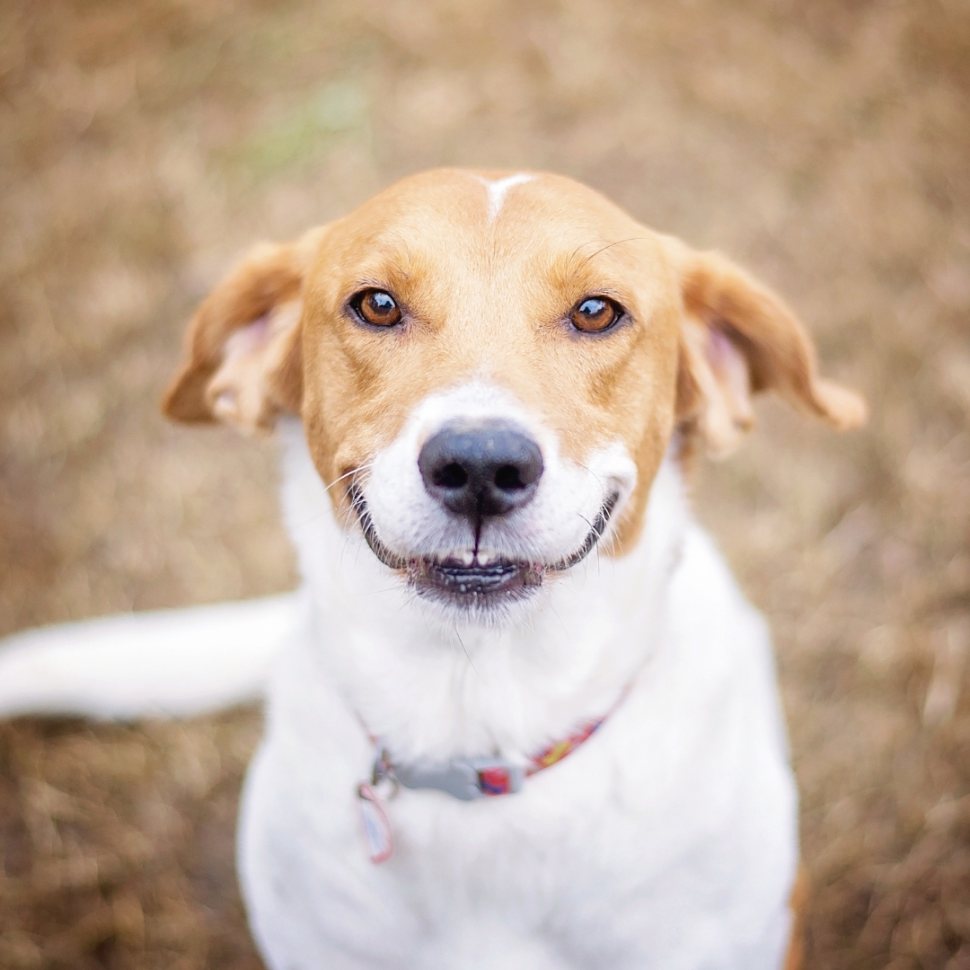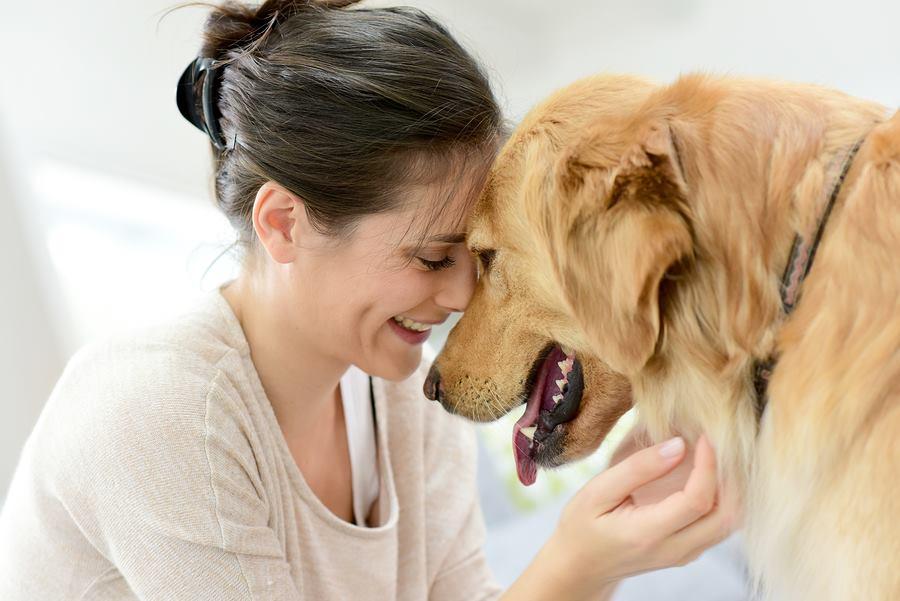
Man's Best Friend: How He Learned to Smile
“Philosophy, is the talk on the cereal box
Religion, is the smile on a dog
I’m not aware of too many things
I know what I know, if you know what I mean”
- “What I Am” by Edie Brickell & New Bohemians, 1986
You and your dog are outside, playing catch, and you take note of his smile; his eyes filled with love and adoration, yours ever-reciprocating. Dog is man’s best friend, as they say. A dog’s smile seems so familiar to the smiles we share among our fellow humans. Do dogs really smile at us? If so, how did that develop?
October 7 is World Smile Day, making it the perfect time to dive into this topic!

Centuries of Companionship: Natural Evolution
Dogs have been a part of human life for over 30,000 years. That is a long time to develop the natural kinship we see between man and dog today.
"Studying dogs is a really unique opportunity to look at social communication between species,"
-Alex Benjamin, associate lecturer in psychology, The University of York, UK.
Humans and dogs, despite being different species, have wonderfully adapted to each other over centuries, and have learned how to communicate with each other. Basically, you’re not seeing things or projecting anything: the science shows dogs really do smile back at us. "[A shared gaze] is the fundamental mechanism for cooperation if you think about it, especially if, like dogs, you can't rely on spoken language,” Alex Benjamin cited to LiveScience.com. She continues:
“Humans may have bred this trait into dogs over the course of their domestication. Dogs that look at us are much easier to cooperate with
and train. So, it is possible that some unconscious or conscious selection may also have led to the behaviors we see today." It is true that we can tell a loved and socialized dog versus a dog who was neglected and deprived of social interaction. The difference for them means everything, as it does for us.
The Bond Continues: Mutual Relaxation
The idea of dogs expressing genuine smiles has been challenged previously, however; citing it was simply a muscular reflex, and not an expression of joy. Animal behaviorists have pointed out that while a dog’s smile may have slightly different intent from ours (joy), it is true dogs smile when they are relaxed, and relaxation can be interpreted as a form of happiness.
Beyond the purpose of communication, dogs smile for the same reasons as we do: when they feel calm and relaxed. According to the ASPCA, “"A relaxed dog will likely have his mouth open and may be panting, with no facial or mouth tension. The corners of his mouth may be turned upward slightly." This, of course, is very different from a scared dog who may lean away and crouch down. Humans are intuitive to their dog’s emotions akin to their own children. On some level, you can argue dogs are aware of this, and adjust their communication styles accordingly.
On World Smile Day, make sure to spend extra time with your pup. Look into their eyes and smile deeply, because science says there is a chance they will reciprocate it back.
#ChickenSoupPets #WhereHealthyBegins
Works Cited
https://www.livescience.com/65506-are-dogs-smiling.html
https://www.aspcapro.org/resource/7-tips-canine-body-language
